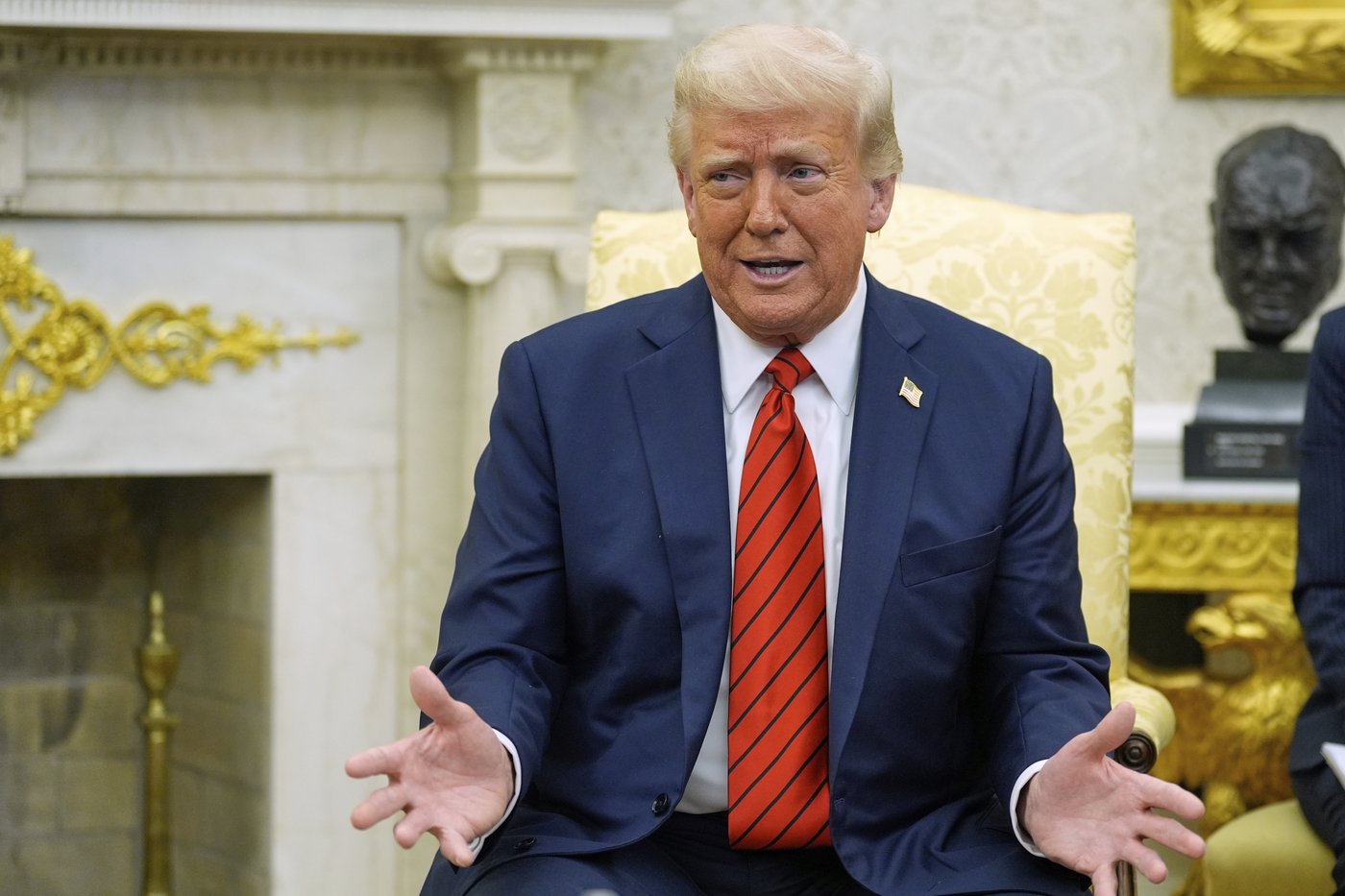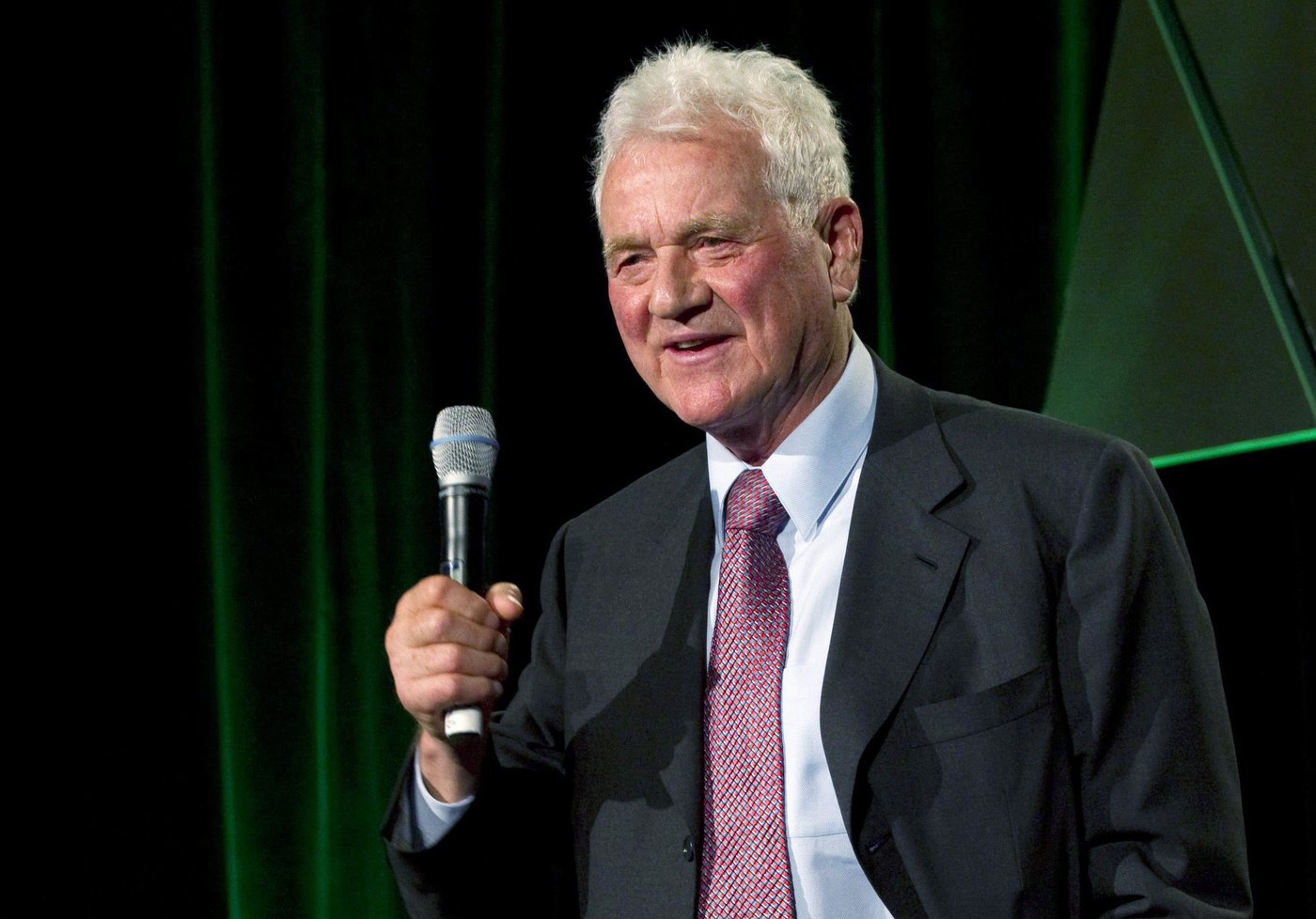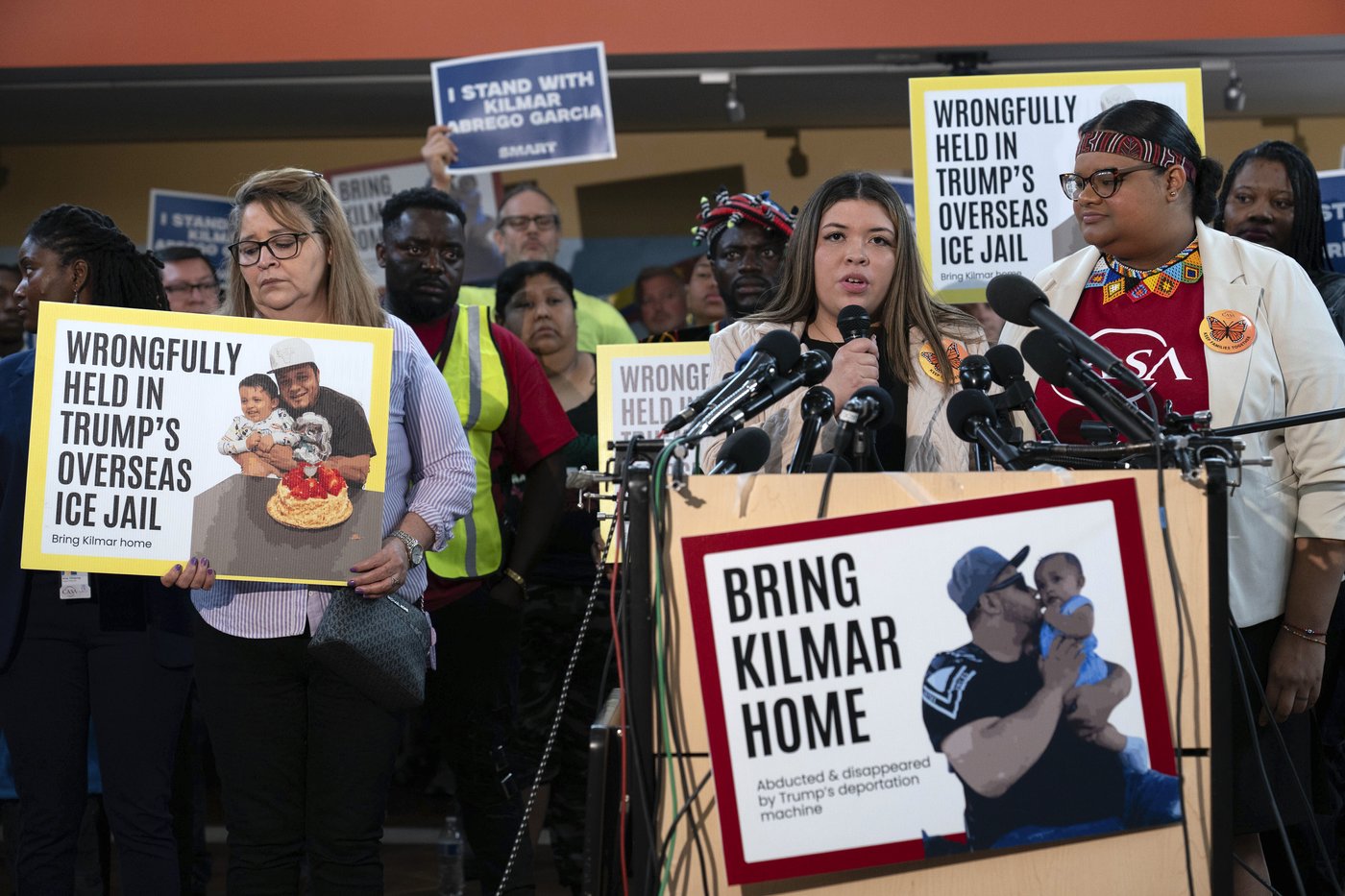WASHINGTON — U.S. President Donald Trump showed little signs of backing down on his plans to tariff the world Thursday — even as members of his administration continued to claim the duties will lead to the negotiation of new trade deals.
Trump said nothing he heard during a meeting with Italy’s Prime Minister Giorgia Meloni at the White House changed his mind about tariffs. The president said “tariffs are making us rich.”
“We’re taking in a lot of money. Don’t forget we are taking in 25 per cent on cars, 25 per cent on steel, 25 per cent on aluminum, 10 per cent baseline — we put penalties on China for sending us fentanyl,” Trump said.
“We put penalties on Mexico and Canada — 25 per cent for allowing fentanyl and allowing the borders to be weak.”
Earlier Thursday, Trump said “there will be a trade deal, 100 per cent” with the European Union by the end of his 90-day pause on “reciprocal” duties.
Markets have been in turmoil since Trump launched — then partially paused — his global trade war earlier this month. Countries, industries and businesses have been looking for answers about the ultimate goal of the duties — whether it’s to fill federal coffers or to negotiate new trade deals and push back on Chinese influence in the world.
Trump continued to sow confusion during his Thursday meeting, repeating his claim that a lot of countries are looking to make deals with him.
“Frankly, they want to make deals more than I do,” he said.
Earlier Thursday, Trump posted on social media that he had a “very productive” call with Mexican President Claudia Sheinbaum.
“Likewise, I met with the highest level Japanese Trade Representatives. It was a very productive meeting,” Trump said. “Every Nation, including China, wants to meet! Today, Italy!”
Treasury Secretary Scott Bessent, who attended Trump’s meeting with Italy’s prime minister, said the administration’s process is to work with the “big 15 economies” first. He noted the meetings with Japan, calls with the European Union and upcoming meetings with South Korea and India.
It’s not clear where Canada stands in the Trump administration’s priority list. Canada faced the brunt of Trump’s ire for months and, along with Mexico and China, was among the first countries hit with devastating duties.
Trump slapped 25 per cent economywide tariffs on America’s two closest neighbours in early March, only to partially pull the duties back a few days later. The president linked those tariffs to the flow of fentanyl — but U.S. government data shows only a tiny volume of the drug is seized at the northern border.
The steel, aluminum and automobile tariffs have also dealt a major blow to Canada.
U.S. Customs and Border Protection data from last week said roughly USD $861 million has been collected in tariffs at the northern border since the duties were implemented.
Prime Minister Mark Carney and Trump agreed in a phone call last month to begin negotiations on a new economic and security agreement after Canada’s election.
The Canada-U.S.-Mexico Agreement on trade was negotiated during the first Trump administration to replace the North American Free Trade Agreement. At the time, Trump hailed the agreement. Experts say his tariffs are undermining the continental trade pact.
This report by The Canadian Press was first published April 17, 2025.
Kelly Geraldine Malone, The Canadian Press



